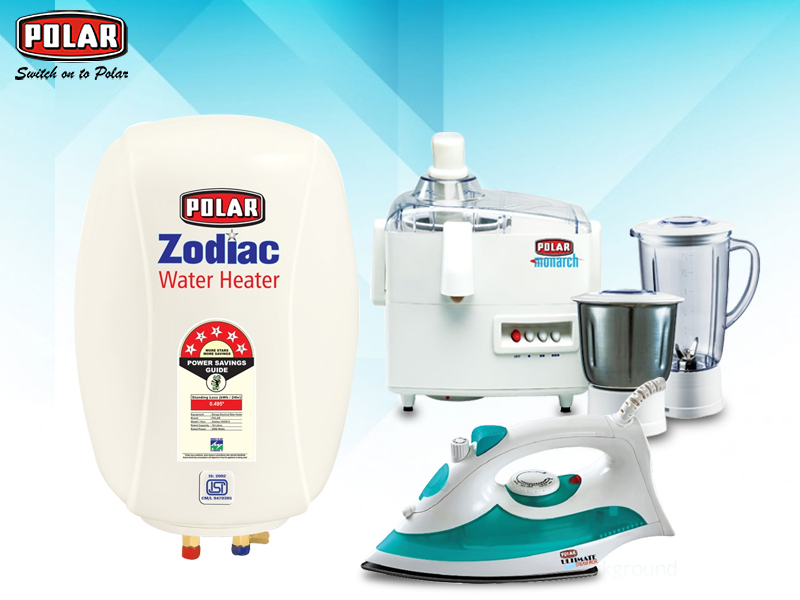How the Water Heater Manufacturers make these products? It is a good question since most of us truly don’t know what exactly happens inside a water heater.
Almost all Water Heater Manufacturers make these efficient appliances in the same way. From sixty years, the same technique is followed for manufacturing these. The manufacturers construct a steel tank and then bond the vitreous glass to its interior for keeping it away from rusting. There are different variations in the manufacturing quality of these water heaters, however, some tanks may have a good rust lining as compared to the other types. There is always a little exposure of steel found due to the limitations in the varnishing process.
In order to protect the steel, the manufacturers install the sacrificial anode rods inside the tanks of the water heaters. Suffice for saying that when the anode is gone totally, the tank of the heater will begin to rust out until and unless a new anode is put in it. However, these tanks can also rust externally. The tanks have loads of rust protection in its interiors and very little portion outside. So, it is necessary to keep an eye on these for leaks in the external plumbing. One can view a small portion of the anode rod in an old tank, lynching down on the right.
If an old model of a water heater is considered, then a shell, a tank within the shell, a flue found to run down the central part, a drainage valve, a fancy looking draft diverter known as the draft hood, on the top along with the hot water outlet is seen in the front of it. If one has an x-ray vision then he or she can have a look through the base of the tank of the heater and view the gas burner heating the water and the aperture for that specific flue. On the newer water heater models, though one may see these as plastic ones with a tube hung under the cold-water cove and expanding to approximately two-thirds of the channel to the base.
It draws the cold water directly into the tank and then to the base to be heated up. The self-flushing tubes are sometimes found to stretch all the way to the base and then curl around it. They advise the user to flush the sediment. But how is that possible to do if the flue comes in the way? The electric tanks do not incorporate the flue but its base is still found to be domed, thus, creating the same problem. Then there is a straight dip tube incorporated by both the types. The sediments can be either the big rocks or the fine sand. But keeping the sediments away is always a better idea. Calcium is definitely good for the user but not at all good for your water heaters.
Almost all the Appliance Stores Online offer the best quality water heaters in different sizes and designs in much lower prices as compared to the market showrooms.
